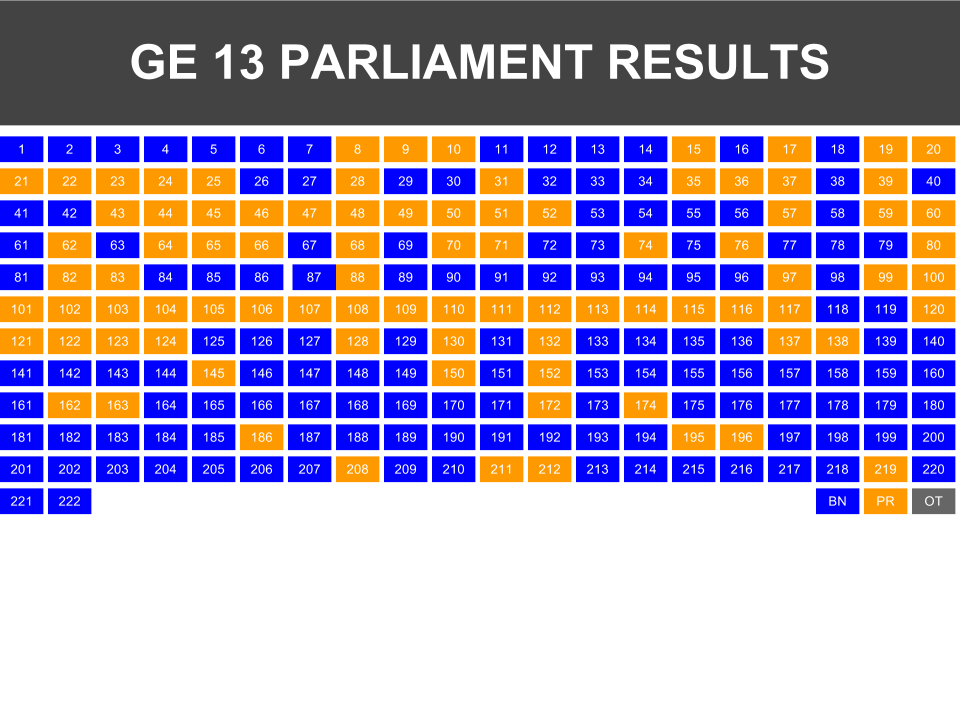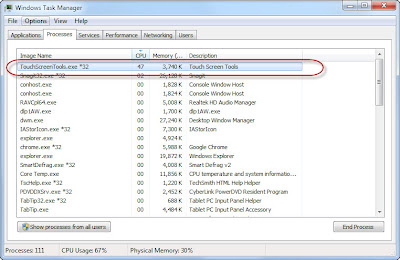One of the key issue of mobile phones, particularly smartphones, is that they are power hungry causing their battery doesn't last long. As a result, mobile power bank comes into the market as portable external power source to supplement the internal battery of the mobile phone or mobile device.
While most of the modern mobile devices nowadays are using Li-Polymer battery (鋰聚合物電池) as their power source, a lot of mobile power banks are using the cylindrical or prismatic Li-Ion battery (鋰離子電池).
The major problem or hazard of Li-Ion battery and Li-Polymer battery is that, they will overheat when charged for long time. There is an overcharge prevention IC on its circuit board to cut off the charging when the battery is fully charged. If the IC is malfunctioned, the battery might caught fire or explode when overcharged. (Note: the original article mentioned Li-Polymer will not explode due to overcharge, which I think is not true.)
Another disadvantage of Li-Ion battery is their lifespan will greatly reduced if they are operating in high temperature of 45°C and above. Li-Polymer battery, on the other hand, has higher endurance to high temperature, and can still operate over 4 hours in 85°C without much problem.
Nowadays, you can find a lot of power banks claimed to have charge capacity as high as 12000mAh, 18000mAh, 20000mAh, or even higher, selling at the Internet stores. If they are unbranded and selling at a very cheap price, you need to be alerted before placing your order.
The shorter power bank in the picture above consists of 4 Li-Ion 18650 batteries, while the longer one consists of 6 Li-Ion 18650 batteries. The size of the cylindrical Li-Ion battery in used is 18.25x65mm, and their manufacturing part number is normally in the form of XXX18650-XX.
The quality of Li-Ion battery differs.
Branded made-in-Japan (eg. Sanyo, Panasonic) one normally has capacity of at least 3100mAh, and comes with 1 year warranty. They have higher price too and won't be chosen to make the cheap power bank selling in the Internet stores.
Branded made-in-Korea (eg. Samsung) one is quite reliable too. Part number could be ICR18650-30A, ICR18650-28A, ICR18650-26F, ICR18650-26D, ICR18650-24E, ICR18650-24F, ICE18650-22F, etc. 30F means capacity is 3000mAh, 22F means capacity is 2200mAh, and so on.
Samsung OEM made-in-China Li-Ion battery has 4 grades. The highest A01 grade normally reserved for Samsung own use, while A02, A03 and A04 are made available for customers. Part number could be ICR18650-20, ICR18650-22, ICR18650-24, ICR18650-26, etc. If a power bank claimed to use Samsung batteries, the batteries inside are probably the A02~A04 type.
Certain unbranded made-in-china battery were found to have only 1600-1800mAh but also put in the 18650 code and claimed to have 3000mAh. The cheap power banks probably are using this kind of Li-Ion battery.
For the power bank with 12000mAh capacity above, its capacity is calculated like this:
3000mAh x 4 = 12000mAh
However, if the real capacity of the batteries inside is only 2200mAh, you can only get 2200mAh x 4 = 8800mAh.
For the power bank with 18000mAh capacity above, its capacity is calculated like this:
3000mAh x 6 = 18000mAh
However, if the real capacity of the batteries inside is only 2200mAh, you can only get 2200mAh x 6 = 13200mAh.
Beside the possible short-change in real capacity, since the size of the Li-Ion batteries are the same, some dishonest power bank might even use recycled batteries!
The picture above is said to be taken from a newly purchased cheap power bank, opened up for inspection. Note that the colour of the 6 Li-Ion batteries are all different, which is very unlikely if they are manufactured from the same batch.
Also note that the soldering point is rusted and shows sign of multiple re-soldering. There is also leftover glue on the surface.
Worse still, what if the cheap dishonest power bank does not have a properly functioning overcharge / over-discharge circuit?
And even more ridiculous case, you probably get only a single Li-Ion battery with 2 bags of sand.
So, better be cautious when you buy power bank either from Internet or shop, especially when the product is unbranded and the price is cheap.
Note: The above article is excerpted and translated from its original source posted in Chinese by a Taiwanese called 曾家辉 in his Facebook page. The photos above are taken from his original article.

























+money.jpg)
+money+in+USD.jpg)























